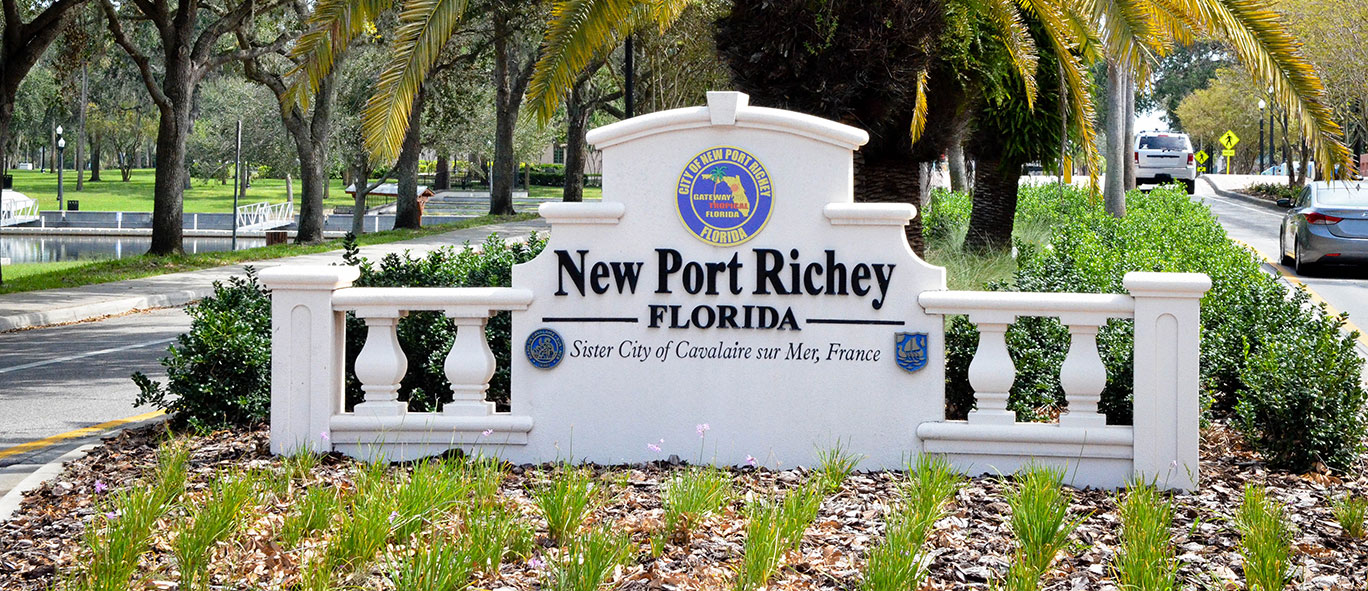Variances
Overview
A variance is an exception granting relief from certain physical requirements of the zoning standards, such setbacks and height restrictions. A hardship must be shown to support a variance, such as a condition that is peculiar to the land, building, or other structures that is not generally experienced on other properties in the same zoning district. An economic hardship does not qualify as justification for granting a variance.
Variance Criteria
Per City Code Section 5.03.00,opens in a new window Variances, all of the following criteria must be met for a variance to be granted:
- That special conditions or circumstances that exist which are peculiar to the land, structure, or building involved and which are not applicable to other lands, structures, or buildings in the same zoning district.
- That the special conditions and circumstances do not result from the actions of the applicant.
- That granting the variance requested will not confer on the applicant any special privilege that is denied by this ordinance to other lands, buildings or structures in the same zoning district.
- That literal interpretation of the provisions of the ordinance would deprive the applicant of rights commonly enjoyed by other properties in the same zoning district under the terms of the ordinance would work unnecessary and undue hardships on the applicant.
- That the variance granted is the minimum variance that will make possible the reasonable use of the land, building or structure.
- That the grant of the variance will be in harmony with the general intent and purpose of the ordinance and that such variance will not be injurious to the area involved or otherwise detrimental to the public welfare.
Note: A variance cannot be used to establish or enlarge a use which is not otherwise permitted in the zoning district.
Variance Process
Pre-Application Meeting
Schedule a pre-application meeting with the Development Director to review your application submittal.
Application Submittal
Submit three complete sets (one original and two copies) of the information requested in the Variance Application with the $300 variance processing fee.
Use the Performance Option Variance Application to request the ability to make certain improvements to property otherwise not allowed by the Land Development Codeopens in a new window. See City Code Section 19.00.01opens in a new window, Performance Options. Note: This process is only used for changes to single-family structures within the R-1, R-2, or R-3 zoning districts and is not applicable to accessory uses such as pools/enclosures or fences.
Refer to the 2017 Variance Scheduleopens in a new window for the application deadlines. Incomplete applications will be returned to the applicant for completion and may affect the variance processing/meeting schedule.
DRC Review
Complete applications will be scheduled for review by the City’s Development Review Committee (DRC), who will in turn make a recommendation to the decision making body (see Public Hearings below). The DRC will take into consideration the City’s variance criteria in making its recommendation. The DRC may recommend approval, approval with changes or conditions, or denial of a variance request. If changes are recommended, review at a future DRC meeting may be required.
Public Hearings
Variances require at least one public hearing, in most cases, by the Land Development Review Board. The City Council renders the decision on variance cases involving signs greater than five square feet or five feet in height or setback.
A City notice regarding the variance request and public hearing date will be mailed to surrounding property owners. The notice information also will posted on the subject property. Variance applicants are encouraged to contact their neighbors to explain their proposal.
For variance cases decided by the Land Development Review Board, if the decision agrees with the DRC recommendation (for example, both recommend approval), the decision is final. However, if the variance decision conflicts with the DRC recommendation, the case will be heard by City Council at a second public hearing.
Appeal Period
A 10-day appeal period takes place following the final decision, after which building permits may be issued.
Timeframe
The variance process may take up to two months to complete. Approval time may be affected by application completeness and accuracy, timeframes for other approvals, and/or compliance with requirements from other agencies.
Required Meeting Attendance
The applicant or designated representative must attend all scheduled meetings and hearings for the variance request to present the details of the proposal and address related questions or comments.
